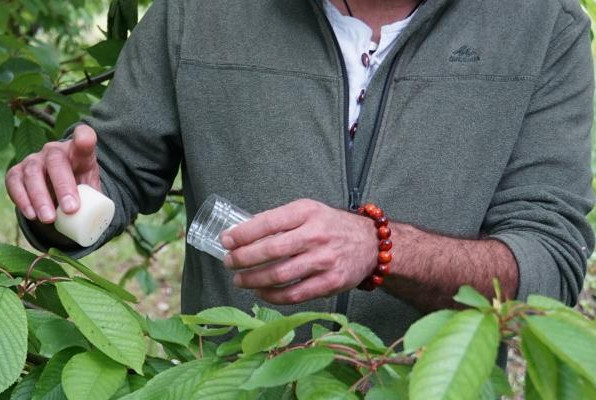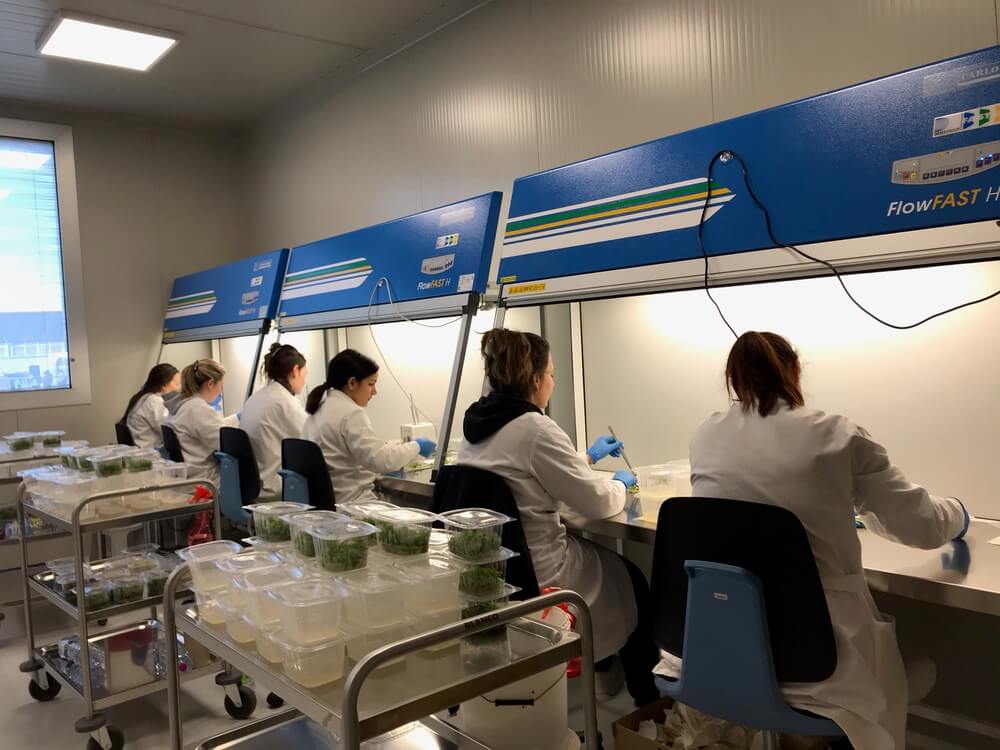The warmer climate of Peru could help the country ship cherries before the Chilean window between December and January. In November, the price of cherries in China hovers around 15-20 dollars per kilo, then drops to an average of 10-15 dollars.
"Are cherries the future of Peruvian agriculture? With this thought-provoking question, Adam Formica, the scientific director of Sensonomic, opens the debate and claims that it is possible. Chile, which otherwise produces crops similar to those of Peru, last season exported fruit worth 3 billion dollars. This was 57% of the world's exports, of which 91% was destined for China.
"A fundamental challenge for developing cherries in coastal Peru is that winter temperatures do not drop below 7-8 degrees Celsius. There are not enough cold hours for bud break. However, technological advancements, driven by foreign investments, could help overcome this barrier," he explained.
In this regard, he considered blueberries as a good case study, as from Morocco to Peru, advances in genetics have enabled the development of blue berry production in desert regions. "New varieties such as Eureka Sunrise, Sekoya Pop, and Magica have a zero or low need for cold hours and performed well during El Niño.
Shade nets can help reduce temperatures; they are already used in Chile. Hydrogen cyanamide can also be applied, as with grapes, to accelerate ripening and trigger flowering. Although it is generally effective on woody plants, its specific effects on cherries are not yet well studied. There is a large potential market for cherries in the southern hemisphere," he declared.
Therefore, he estimated that Peru's warmer climate could help the country ship cherries before Chile's December-January window. In November, the price of cherries in China hovers around 15-20 dollars per kilo, then drops to an average of 10-15 dollars.
"Foreign investors looking to move capital into agricultural activities amid fears of economic uncertainty could provide a much-needed boost to Peruvian cherries. For example, they could fund research and development of new technologies for cherries and the creation of new orchards," he stated.
He added that this model could work with an agricultural fund that invests in a company, as in the case of Agromillora in Spain, to accelerate its low-temperature cherry development program. The fund could push for field trials in its portfolio companies and sponsor research on cyanamide in cherry trees. "If the project succeeds, the returns will be significant for everyone."
"Investors might be tempted by the promise of technology and the market potential of Peruvian cherries. As history shows, Peru knows how to adapt quickly to changes. It only took ten years to become one of the largest exporters of fruit in the world," he concluded.
Source: Agraria.pe
Image: SL Fruit Service
Cherry Times - All rights reserved












